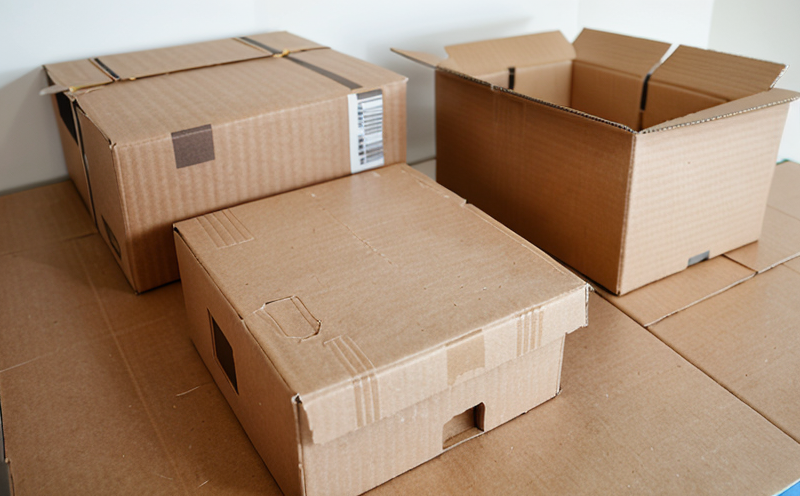ISO 5636-1 Roughness and Surface Testing
The ISO 5636-1 standard is a critical component in the evaluation of paper and cardboard packaging materials. This standard specifies methods for measuring the surface roughness of these materials, which directly impacts their performance during manufacturing processes as well as end-use applications.
Surface roughness can affect how easily materials fold, print on, or interact with other components within a package. For instance, rougher surfaces may make printing less clear and more prone to ink bleed, while smoother surfaces could lead to difficulties in gluing or sealing. Understanding the surface finish is thus essential for ensuring quality control at every stage of production.
Our laboratory adheres strictly to ISO 5636-1 guidelines when conducting roughness measurements. We employ advanced profilometers equipped with diamond stylus probes that can capture detailed profiles down to micron scales. This allows us to provide clients with accurate data on surface characteristics, which helps them optimize their processes and improve product performance.
The testing process begins by selecting appropriate samples representative of the type of packaging being evaluated. These samples are then cleaned according to specified procedures before being placed onto the profilometer for measurement. Once collected, raw profile data undergoes statistical analysis to determine key parameters such as arithmetic mean deviation (Ra), maximum height (Rz), and peak-to-valley distance.
After obtaining these measurements, our team interprets them within the context of industry best practices and relevant standards like ASTM D4303 or EN ISO 25178-1. This ensures that our findings are not only technically sound but also commercially viable for our clients' needs.
| Parameter | Description |
|---|---|
| Ra (Arithmetic Mean Deviation) | Averaged roughness value representing the average height of irregularities within a specified length. |
| Rz (Maximum Profile Height) | Height between the upper and lower limits of surface profile peaks and valleys over a given length. |
| Rt (Total Roughness) | Total height of all peaks and valleys within a specified range. |
Quality and Reliability Assurance
Ensuring consistent quality across batches is paramount in maintaining customer satisfaction. By adhering to international standards such as ISO 5636-1, we ensure that every test conducted reflects real-world conditions accurately.
- Consistent measurement protocols reduce variability between tests.
- Standardized procedures enhance repeatability and accuracy of results.
- Adherence to industry best practices fosters trust among stakeholders.
Our commitment extends beyond just meeting baseline requirements; we work closely with clients to understand their specific needs and tailor our services accordingly. Whether it's helping R&D teams innovate or supporting procurement departments in selecting the right materials, our goal is always to provide solutions that drive business success.
Customer Impact and Satisfaction
- Improved product performance leading to enhanced customer satisfaction.
- Reduced material waste through optimized design iterations based on precise measurements.
- Enhanced reputation among peers for delivering reliable results backed by robust testing methodologies.
Use Cases and Application Examples
The ISO 5636-1 standard finds application in various sectors including food, pharmaceuticals, and consumer goods where packaging integrity plays a crucial role.
- Packaging for moisture-sensitive products requiring barrier properties against humidity penetration.
- Flame retardant coatings intended to protect against fire hazards during transport or storage.
- Anti-static treatments aimed at preventing electrical discharge which might otherwise damage delicate electronics contained within the packaging.





